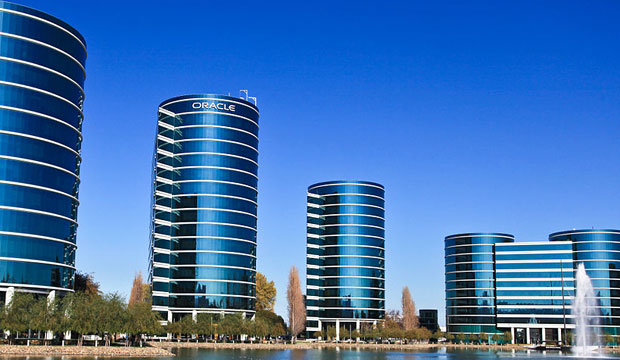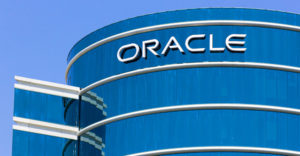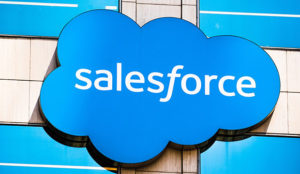Oracle appears to be undergoing a kind of resurgence during the coronavirus crisis. Financial analysts are saying nice things about its ability to pay dividends even in tough times. Its technology, which always has been good, is seeing an interesting uptick.
All of this is buffing the company’s image after years of yes-but responses from the market — as in yes, they’ve got good technology, but they’re rather litigious about protecting their brand. Or yes, lots of cloud companies use their technology to undergird their offerings, but they’re cloud laggards otherwise.
All that is suddenly so much ancient history as the company has hit critical mass in a number of areas: its autonomous database and autonomous Linux offering; its cloud infrastructure business, which is dependent on Oracle hardware and being rapidly built out; and its revamped set of cloud apps.
This is all coming together in at least one unlikely place: video conferencing.
For the second time in a month, first with Zoom and now with 8×8, Inc., the company is touting its brute force ability to host millions of users and push petabytes of data for video conferencing apps.
Due in part to the virus, video is rapidly becoming the show-me application — as in, if you can run that, you can run my stuff — and Oracle, never shy, is happy to promote its customers.
The Skinny
The current announcement details how 8×8 moved its video meeting services from AWS to Oracle to gain a 25 percent performance boost per node. The current implementation is said to support 20 million monthly active users across the planet. That’s a lot smaller than the figures touted by Zoom, which also uses other providers like AWS.
Still, the essence of both stories, from Oracle’s vantage point, is that these video conference vendors chose Oracle for its rapid deployment capability and ability to scale for millions of users and push petabytes of their data.
Oracle claimed that its solution saves more than 80 percent in network outbound costs and that it exceeded 1.5 petabytes a day of egress network traffic and was increasing day by day.
“We’re incredibly proud to help businesses, organizations, educators, and health professionals stay connected during this challenging time,” said Vik Verma, CEO of 8×8. “As global demand on our video meetings platform grew exponentially, we needed a partner to scale rapidly and cost-effectively with us.”
The backstory is that Oracle has been saying for years that it has a price-performance advantage against its competition, and while some customers have accepted the logic, many others have put at least part of their data in other clouds, just in case.
That’s allowed competition like AWS to scoop up some name brands as well as smaller apps and a lot of sandbox business. However, when I looked at data from G2 in Chicago last year, the numbers indicated the average Oracle implementation was 10x the average AWS implementation. No idea what today’s G2 data reveals.
This week’s announcement, along with the recent Zoom announcement, shows huge scalability and speed to market. It also provides evidence of a significant takeaway.
My Two Bits
Oracle has been around long enough to have gone in and out of style many times. It outlasted the baker’s dozen of relational database companies that emerged in the 1980s. It led to a wave of application development and then a wave of consolidation as it bought up CRM companies like Siebel and other enterprise vendors such as PeopleSoft.
It rode the consolidation wave as it began retooling for the cloud, albeit late, as is widely acknowledged. Still, it was only late compared to the market and not compared to where its customers wanted to be at the time, which was on-premises.
At that point, Oracle became challenged from multiple sides — by companies like Salesforce, which built a better mousetrap and upstarts like Amazon, which spun up a vanity project to build its own relational database.
I liken that to the rise of Airbus, the European consortium that decided to challenge Boeing in passenger aircraft. If you have a big enough budget, you can do almost anything, but what’s the point?
For all that cash, the Europeans could have built an electric car with sufficient continental charging infrastructure. I’ve never understood the logic of introducing another RDBMS into a consolidating market.
Now, as a practical matter, vendors are poaching clients from their competition all the time. It’s emblematic of the zero-sum economics of this moment in the tech space.
I am sure that AWS can make similar takeaway claims — and for that matter, so can Microsoft. The most significant issue that I see is the demonstration of Oracle’s scalability and rapid deployment capability, which will be used in a lot of promotional materials that state unequivocally that Oracle is on the upswing again.

























































